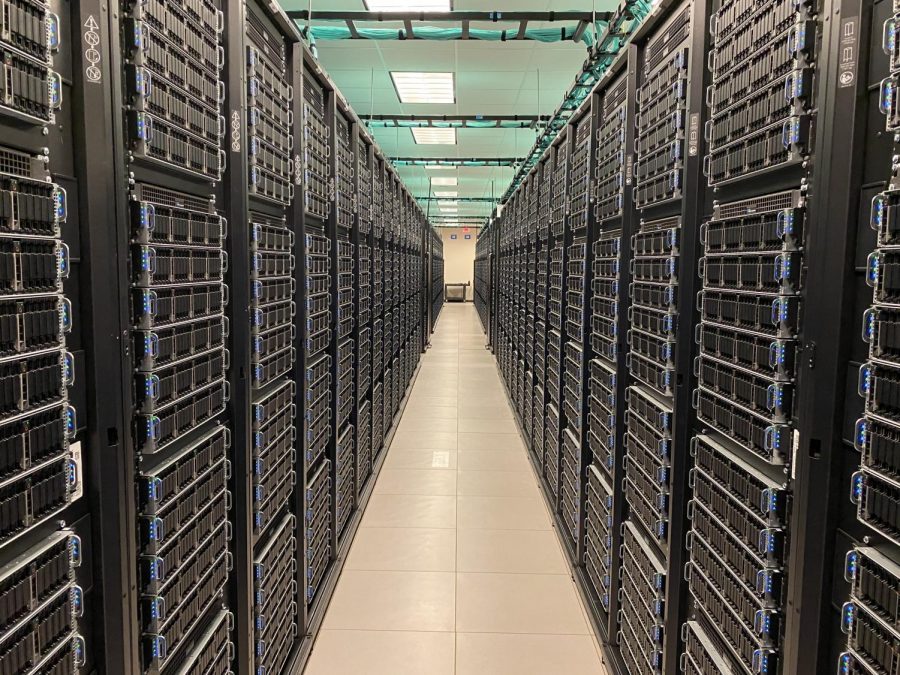UT researchers team up with other universities to build a supercomputer
October 6, 2021
Researchers from UT and two other universities received a $5 million grant from the National Science Foundation to build a prototype of a supercomputer that will make it easier for scientists to process and predict data from research.
Texas A&M University, the University of Illinois Urbana-Champaign and UT will work together to create the Accelerating Computing for Emerging Sciences system that will be housed at the Texas A&M campus. The supercomputer will benefit professionals in many different fields such as those in cybersecurity and the life sciences, according to the NSF website.
Honggao Liu, executive director of Texas A&M’s High Performance Research Computing and the project’s principal investigator, said that unlike current supercomputers, where the parts of the computer have to be physically set up in a particular way for each job, the new system’s composable technology will automatically figure out which hardware parts are best for each job.
“It is like a cyber ‘buffet’ (where) a regular user or scientist can taste different accelerating devices and select the correct accelerators that (are) best suited for their jobs,” Liu said in an email.
Timothy Cockerill, director of user services at Texas Advanced Computing Center and the co-principal investigator of the project, said in an email the prototype will not be as powerful as Frontera, a supercomputer in TACC. However, he said with the new supercomputer scientists with little computing experience can use the system and customize its hardware environment for whatever job they are performing.
Dunyu Liu, a computational geoscientist at UT’s Institute for Geophysics, said he uses supercomputers like Frontera to predict the behavior of earthquakes near their faults.
Dunyu said the work he does on the supercomputer is not possible on regular computers, but there is a learning barrier for scientists to learn how to use the system. Dunyu said the new supercomputer would make it easier for scientists to operate the system.
“To use the supercomputers, you need to get a rough knowledge of the software and hardware environment on it,” Dunyu said. “Some (scientists) may not be interested in coding.”
Liu said he hopes in the future the platform can be used to promote computing at the K-12, collegiate and professional level.
“Texas A&M has a remarkable track record of success in developing training for (high performance research computing) systems that (are) later adopted by the broader community,” Liu said.



